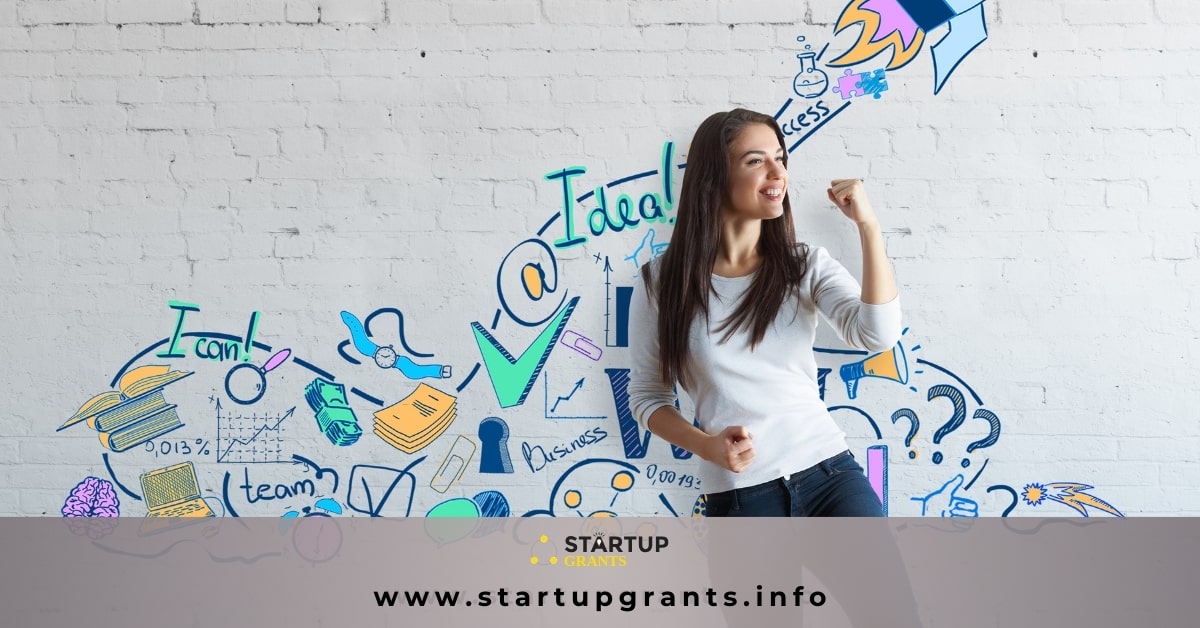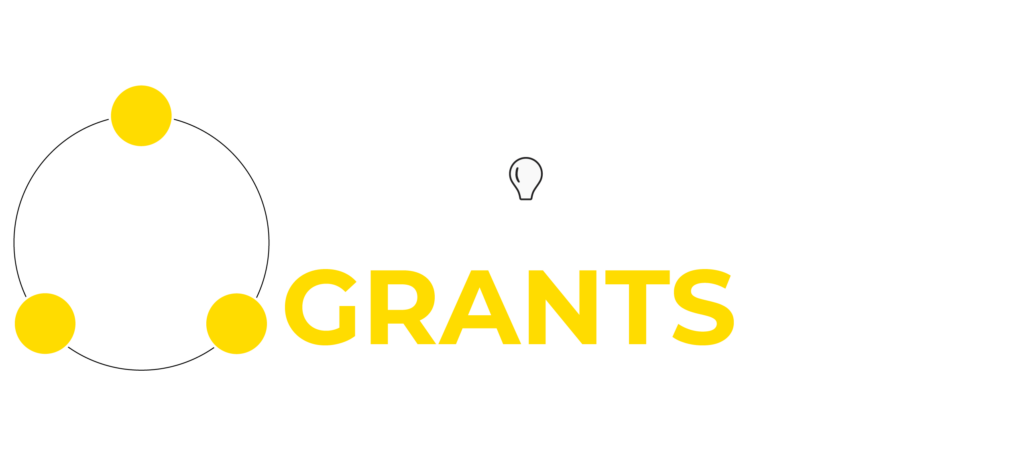In the dynamic and rapidly changing landscape of business and technology, the journey from idea to impact is a complex yet transformative process that shapes the success and sustainability of organizations. This comprehensive guide aims to unravel the intricacies of innovation, with a particular emphasis on the indispensable role of creativity in propelling ideas from conception to tangible and lasting impact. As industries face unprecedented challenges, understanding the innovation process becomes not only essential but a strategic imperative for organizations aiming not just to survive but to thrive in the modern business world.
The Essence of Innovation
Innovation, often hailed as the catalyst for progress, is the dynamic force that transforms possibilities into reality. At its core, it is a multifaceted process involving envisioning the future, challenging existing norms, and delivering novel solutions to the market. While the term “innovation” is widely used, its synonymous partner, creativity, is the vital spark that breathes life into the transformative journey from concept to implementation.
Understanding the Creativity Landscape
To navigate the creativity landscape effectively, a nuanced understanding of the current business environment is crucial. Industries today are marked by rapid change, disruptive technologies, and an ever-growing demand for novel solutions. Staying competitive requires not only adapting to change but also anticipating it through creative problem-solving and innovative thinking. Embracing this dynamic landscape is foundational to successful innovation.
Ideation: The Birth of Creativity
The ideation phase is a crucible of creativity where diverse minds converge to birth innovative concepts. Beyond traditional brainstorming, organizations are adopting creative methodologies like design thinking and open innovation to foster a culture of continuous idea generation. This phase encourages not only the quantity but also the quality of ideas, emphasizing the importance of outlier thinking and cultivating an environment where creativity is the norm rather than the exception.
In ideation, creativity takes center stage as teams and individuals contribute to the pool of potential innovations, fostering an environment where ideas are celebrated for their intrinsic value. The objective is not just to generate ideas but to cultivate a culture where creativity is a driving force.
Concept Development: Nurturing Creativity into Concepts
From the rich pool of ideas emerges the need for distillation into viable concepts. This involves a meticulous evaluation of feasibility, relevance, and potential impact. Creativity transforms into a discerning force, guiding the selection of ideas aligned with organizational goals and market needs.
In this phase, creativity becomes a tool for strategic vision alignment. Organizations leverage creative thinking to identify concepts that not only resonate with the market but also align seamlessly with the overarching organizational strategy. This strategic creativity ensures that concepts selected for further development are not just innovative but strategically aligned to drive sustainable success.
Prototyping and Testing: Turning Concepts into Reality
With selected concepts in hand, the innovation process advances to prototyping and testing. This phase involves creating tangible representations of ideas to assess their functionality and appeal. Creativity plays a pivotal role in problem-solving during prototyping, as unforeseen challenges often arise.
The ability to think creatively in overcoming obstacles is integral to refining the prototype and ensuring its alignment with the envisioned impact. The prototype phase serves not only as a technical assessment but as a canvas for creative iteration.
Implementation: Creativity in Action
Implementation is where creativity transitions from ideation to tangible action. This phase demands not only innovative execution but an adaptive mindset. Organizations leverage creativity not just to execute innovation but to proactively respond to unforeseen challenges.
It involves a creative approach to change management, ensuring that the organizational culture embraces and thrives on the innovative shifts introduced. This adaptive creativity is essential for ensuring that the implementation phase is not just a technical rollout but a holistic integration into the organizational fabric.
Evaluation and Feedback: Creativity as a Continuous Loop
Post-implementation, the innovation process doesn’t conclude; it transforms into a continuous loop of evaluation and feedback. Creativity remains the driving force in this loop, facilitating a culture of learning and improvement. Regular assessments, user feedback, and data analysis guide further iterations, ensuring that the innovation continues to meet evolving needs and delivers sustained impact.
The evaluation and feedback loop are not just a formality but a creative process in itself. Organizations harness creative thinking to interpret data, derive meaningful insights, and identify areas for improvement. The creative mindset in this phase is about asking the right questions, exploring unconventional feedback sources, and iteratively refining the innovation. The goal is not just to assess but to creatively enhance and evolve the innovation continuously.
Scaling and Integration: Creativity in Growth
As the innovation proves its value, the next step is scaling and integration. Creativity is required not only in expanding the reach of innovation but also in integrating it seamlessly into existing systems. This phase involves strategic planning, collaboration across departments, and creative problem-solving to overcome potential barriers to scalability.
Scaling an innovation requires more than logistical planning; it demands a creative approach to growth. Organizations employ creative problem-solving to anticipate challenges that may arise during scaling. Integrating the innovation into existing systems becomes an exercise in creative synergy, where departments collaborate creatively to ensure a seamless and harmonious integration that maximizes the innovation’s impact.
The Impactful Future

The transformative journey from idea to impact extends beyond the immediate success of an innovation. Organizations that embed creativity in their innovation processes are not just creating isolated success stories; they are sculpting a future marked by adaptability and resilience. The impact of innovative thinking reverberates across the organizational culture, fostering an environment where creativity is not just a tool for innovation but a way of navigating the complexities of the ever-evolving business landscape.
Innovation, guided by creativity at every step, becomes a holistic and dynamic process. This extended guide underscores the iterative nature of the innovation journey, where each phase is not a linear progression but a creative exploration. As we navigate the intricacies of the innovation landscape, let creativity be the driving force that not only propels us forward but also shapes a future where organizations are not just responding to change but actively driving it through the transformative power of creative thinking.






